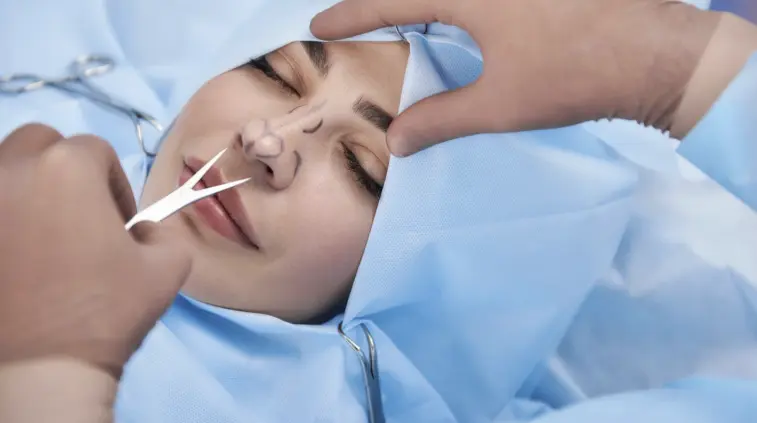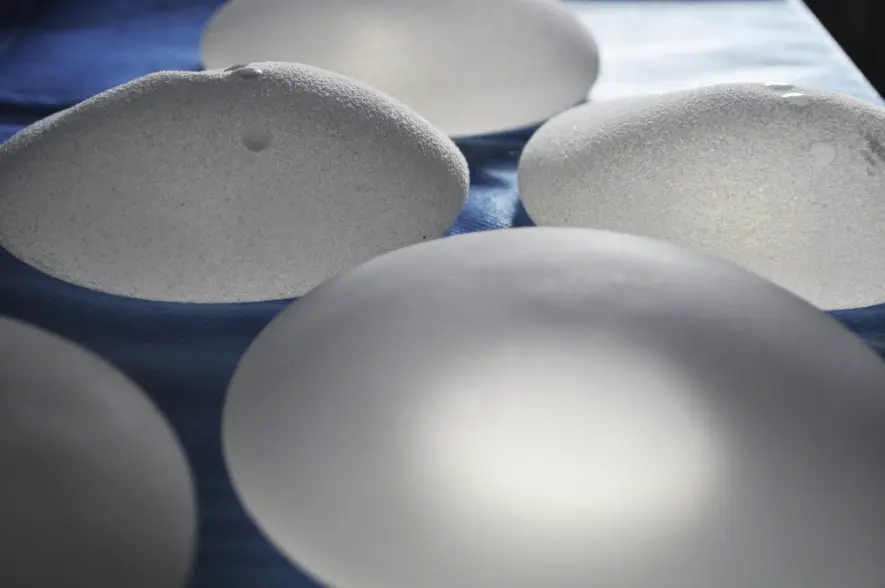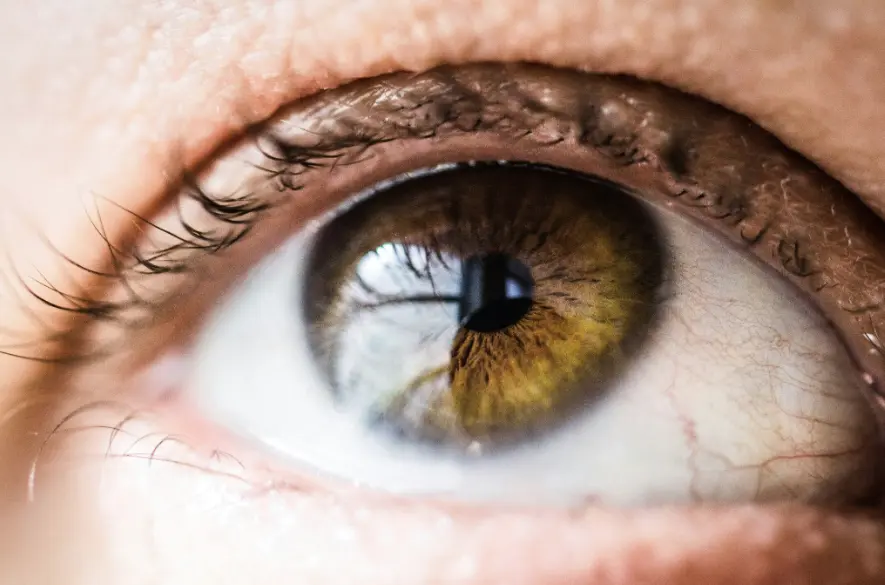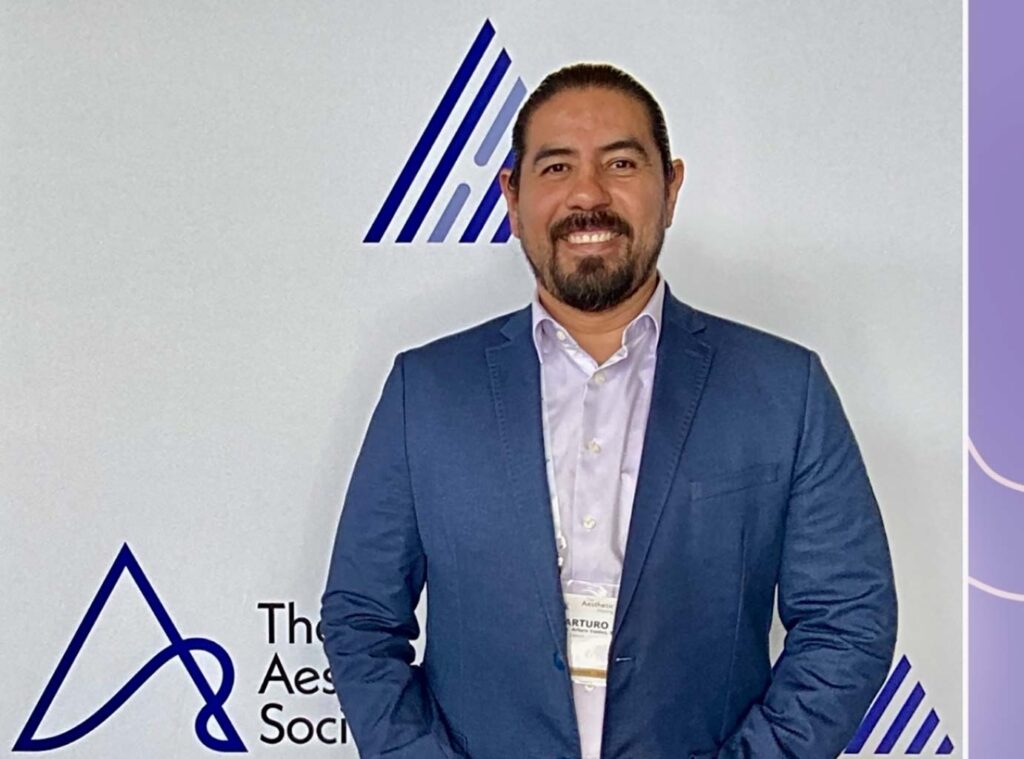Rhinoplasty is a generally safe cosmetic surgery when performed by an experienced, board-certified surgeon. Modern advancements—like ultrasonic rhinoplasty—reduce bruising, swelling, and complications. Potential risks include minor bleeding, temporary numbness, and scarring, but these are rare. To stay safe, always choose a qualified surgeon, follow pre- and post-op care instructions, and maintain open communication during recovery.
In 2023, there was a 6% increase for nose reshaping procedures, which shows how popular and normalized nose jobs are. By going under the knife for a few hours, you can have a new nose that changes your entire facial aesthetic, so it can be irresistible, especially for those who feel self-conscious.
Although cosmetic surgery is trending with people of all ages, there’s still concern over safety. You are going through surgery, after all.
So, is rhinoplasty dangerous, and what are the potential risks you may face with this procedure? Plus, how can you lessen your risks? Read on to find out.
Is Rhinoplasty Dangerous?
Generally speaking, rhinoplasty is considered safe. But like with any surgery, there are potential risks that come with a nose job. These risks will depend on several factors, such as the surgeon’s expertise, your overall health, and the complexity of the procedure.
Of course, all of this is very broad, so let’s explore rhinoplasty more in detail. We’ll start with why the surgery is safe, then we’ll go over the possible risks and how you can mitigate them.
Why Rhinoplasty Is Safe
Are nose jobs dangerous? They can be if you don’t carefully select a skilled surgeon who’s also board-certified.
When performed by medical professionals who have extensive experience in rhinoplasty, complications are rare. They’ll use precise techniques to minimize trauma to the nasal structures and surrounding tissues. As a result, this decreases the likelihood of severe complications.
Why else is rhinoplasty safe?
Advancements in Surgical Techniques
Mortality rates for surgery as a whole are very low; it was 0.85 per 100,000 surgeries in 2022. This is thanks to advancements in techniques, and rhinoplasty is no exception.
First of all, surgeons can choose either open or closed rhinoplasty for their patients. The former is more invasive but allows for better precision in complex cases, while the latter minimizes scarring and recovery time.
There’s also ultrasonic rhinoplasty, or piezoelectric rhinoplasty, which is a newer technique. It uses ultrasonic energy to reshape bones, which leads to less bruising, swelling, and trauma.
Some surgeons also use 3D imaging to visualize potential results. Thihttps://drarturovaldez.com/procedures/facial-procedures/rhinoplasty/s improves accuracy and patient satisfaction.
Outpatient Procedure With Controlled Environment
Most nose jobs are performed on an outpatient basis in accredited surgical centers or hospitals. In these facilities, there are strict safety guidelines, including:
- Sterile environments to prevent infection
- State-of-the-art monitoring equipment to track vital signs
- Highly trained anesthesiologists to ensure safe sedation
The Potential Rhinoplasty Risks
As we’ve said before, nose jobs are generally safe. However, there are definitely risks that you should be aware of.
General Surgical Risks
During surgery, some people may have adverse reactions to anesthesia (it’s uncommon though). Symptoms can include nausea, dizziness, or severe allergic reactions in very rare cases.
Afterward, minor bleeding is common, but there’s a chance you may experience excessive bleeding (hematoma). It’s rare, but you may need medical intervention.
Another rare general surgical risk is infection. If post-operative care isn’t properly, you may get an infection. To lessen the chance of this happening, you should take all prescribed antibiotics as prescribed.
Breathing Difficulties
If you have a deviated septum, then it can impact breathing post-surgery if it’s not addressed properly during the procedure.
In addition, if too much cartilage or bone is removed, the nasal structure may weaken. This can lead to nasal collapse or airway obstruction.
Scarring and Numbness
Two of the more common rhinoplasty side effects are scarring and numbness, especially if you have open rhinoplasty. The small incision along the tissue between your nostrils can leave a faint scar, but it’ll usually fade over time.
As for the numbness, you’ll get it around the nose due to nerve disruption. This may be either temporary or permanent.
Unsatisfactory Aesthetic Results
Sometimes, you may not get the desired nose shape, and this can lead to dissatisfaction. In these cases, you’ll need revision surgery.
Your results can also be affected by your personal healing capabilities. Swelling and scar tissue formation can alter the final outcome.
How to Lessen Your Risks
To decrease the chances of a dangerous or botched nose job, there are certain steps you can take. Here are the main ones.
Choose a Board-Certified Surgeon
As we’ve said before, board-certified medical professionals are held to the highest standards. The surgeon you pick should be board-certified by the American Board of Plastic Surgery (ABPS), or a recognized equivalent, such as the Mexican Council of Plastic, Aesthetic, and Reconstructive Surgery (CMCPER).
They should also have extensive experience specifically in rhinoplasty. Checking out the before-and-after photos and patient reviews can help immensely.
Have a Thorough Pre-Surgical Consultation
Don’t be shy when having your pre-surgical consultation. Ask all the questions you want about surgical techniques and how they impact safety. Plus, discuss your medical history extensively, including:
- Previous surgeries
- Breathing issues
- Allergies
Most importantly, set realistic expectations for your desired results. Overcorrection can lead to complications, so opt for a surgeon who you feel completely comfortable with discussing your expectations.
Follow Pre- and Post-Operative Instructions Carefully
Before your procedure, stop using blood-thinning medications for at least two weeks. This will reduce your bleeding risk.
You should stop smoking and drinking alcohol too. Both of these things will not only impair healing, but also increase the risk of complications.
After surgery, take the prescribed antibiotics and pain medications as directed. Go to all follow-up appointments to monitor healing. These appointments also allow your surgeon to detect any potential issues early on.
Get the Perfect Nose You Want Safely
The answer to the question “Is rhinoplasty dangerous?” is “No, it shouldn’t be.” As long as you do your due diligence and pick a reputable, experienced, and board-certified surgeon, you should be in good hands.
There’s no doubt that there are associated risks with rhinoplasty, as there is with any surgery. But if you’re diligent and follow your surgeon’s instructions, and keep an open line of communication with them, the chances of complications are minimal.
Contact us today to schedule a consultation for your nose job. Dr. Valdez has performed ultrasonic rhinoplasty on numerous patients.
References
- Plastic Surgery Statistics. American Society of Plastic Surgeons. Accessed January 30, 2025. https://www.plasticsurgery.org/plastic-surgery-statistics
- Mattiuzzi C, Plebani M, Lippi G. Recent mortality rates due to complications of medical and surgical care in the US. Diagnosis (Berl). 2024;11(4):443-445. doi:10.1515/dx-2024-0071
- Nasal Valve Collapse: Symptoms, Causes, Test & Treatment. Cleveland Clinic. Accessed January 30, 2025. https://my.clevelandclinic.org/health/diseases/24977-nasal-valve-collapse
- Rhinoplasty Risks and Safety. American Society of Plastic Surgeons. Accessed January 30, 2025. https://www.plasticsurgery.org/cosmetic-procedures/rhinoplasty/safety
Frequently Asked Questions
Is rhinoplasty dangerous?
Rhinoplasty is considered safe when performed by a board-certified and experienced surgeon. Complications are rare, and modern techniques like ultrasonic rhinoplasty further minimize trauma, swelling, and recovery time.
What are the risks of a nose job?
Possible risks include infection, bleeding, breathing issues, scarring, or temporary numbness. These are uncommon, especially when post-operative instructions are followed carefully and the surgery is performed in an accredited facility.
How can I make rhinoplasty safer?
Choose a board-certified plastic surgeon who specializes in rhinoplasty, disclose your full medical history, and follow all pre- and post-surgery instructions. Avoid smoking, alcohol, and blood-thinning medications before surgery.
Is ultrasonic rhinoplasty safer than traditional rhinoplasty?
Yes. Ultrasonic rhinoplasty uses high-frequency vibrations to reshape bone precisely, reducing trauma, bruising, and swelling. It provides a safer, more controlled outcome compared to traditional techniques.






